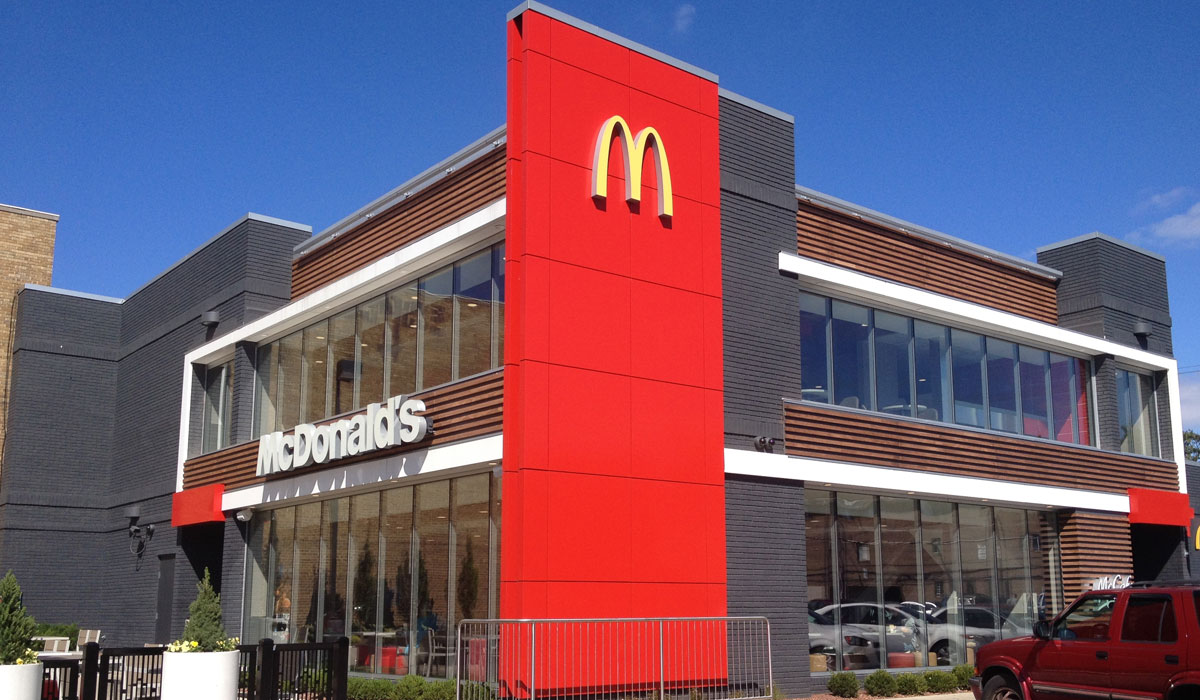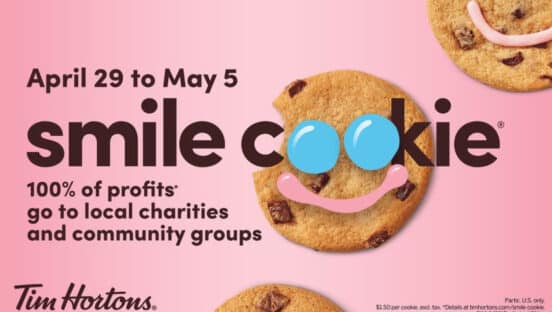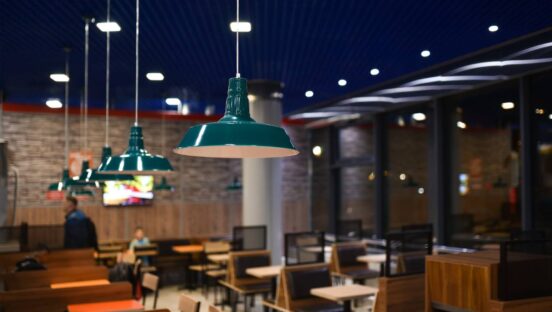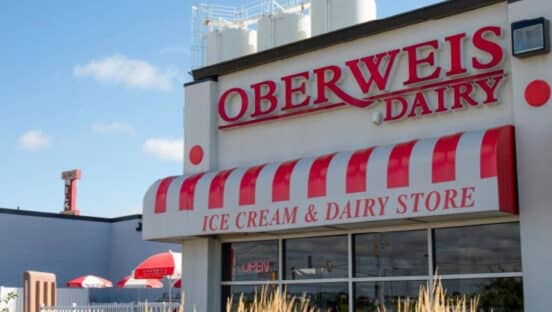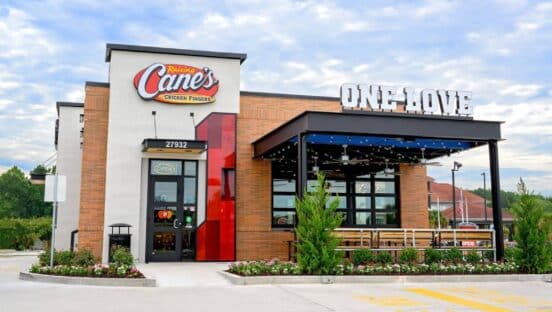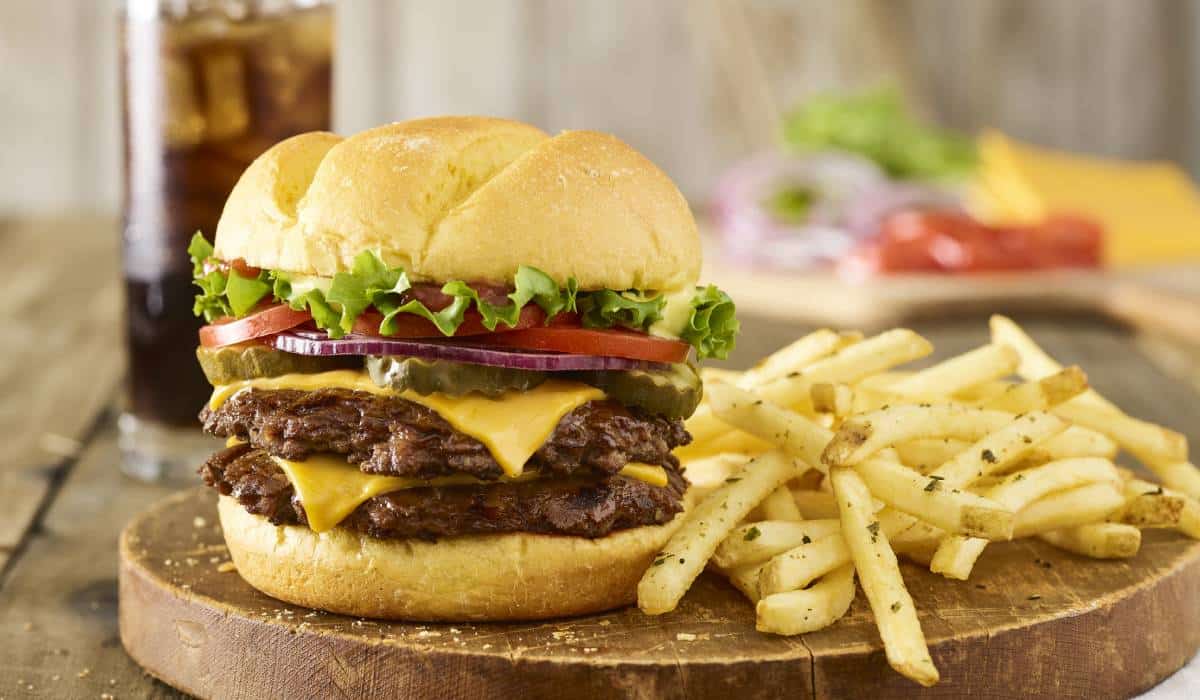Globally, McDonald’s achieved back-to-back years of global guest count growth for the first time since 2012. But the U.S. picture remains challenged. While same-store sales lifted 2.3 percent in the fourth quarter, revealed Wednesday, the boost was driven by menu price increases and value-driven promotions. Global comps rose 4 percent, marking 14 consecutive quarters of positive global gains.
McDonald’s U.S. restaurants saw comparable guest counts (transactions at restaurants open for at least 13 months) drop 2.2 percent in fiscal 2018. They ticked up 1 percent in 2017.
The fast-food giant posted positive traffic in each of its geographic segments outside of the U.S, although the overall 0.2 percent uptick was slower than last year’s 1.9 percent increase.
Sluggish traffic is not a McDonald’s issue; it’s a systematic restaurant problem that’s pressed chains across the U.S. in 2018. TDn2K’s Black Box data showed a 1.9 percent drop across the industry last year. That came as comp sales hiked 0.7 percent and guest check rose 2.6 percent. On a two-year stack, traffic growth was negative 3.6 percent in Q4 for chain restaurants. The average two-year mark for the first three quarters of the year was negative 5.8 percent.
READ MORE: McDonald’s to give franchisees local media buying flexibility
The leading culprit: an overcrowded market, as The Wall Street Journal points out. One that’s seen quick-service growth far outpace sit-down chains, but also result in a slew of bankruptcies as consumer preferences shift and options expand.
McDonald’s CEO Steve Easterbrook said Wednesday during a conference call that, “In the fight for market share, some will succeed and others won’t. We intend to keep positioning McDonald’s on the winning side.”
McDonald’s revenue fell 3 percent, year-over-year, to $5.16 billion. It reported a profit of $1.42 billion, or $1.82 a share, compared with $699 million, or 87 cents a share, a year earlier. After accounting for a tax benefit and an adjustment related to the federal tax overhaul, McDonald’s earned $1.97 a share.

Where the challenges lie
As has been the case for several periods now, McDonald’s battle for breakfast share continues to idle. CFO Kevin Ozan said the chain is doing well with average check growth but “we really want the customer to come back and more often.”
“To be very specific,” he added earlier, “we continue to lose traffic at a greater level than we want at breakfast.”
Ozan said McDonald’s shift into local breakfast value from national would help it combat local competition. The chain noted last quarter that it was moving some of its marketing spend to regional and letting co-ops choose which items and what deals were best suited for their markets. The company is also looking at staffing levels across busy dayparts. Breakfast generally accounts for about 25 percent of McDonald’s sales.
Ozan added that a more personalized digital experience would drive breakfast business as users elect for the convenience of mobile pay and more tailored offers from McDonald’s app—something local eateries can’t compete with.
So will menu innovation. “We believe there are a lot more legs still left in McCafe and the McCafe brand, both in coffee and premium coffee,” Ozan said.
The brand is fine-tuning value in its deal promotions. The 4 for $6 and 2 for $5, as well as the $1 $2 $3 Dollar Menu serve as entry level platforms for value seekers in addition to deal combinations capable of pushing average check up. In September, McDonald’s expanded its $1 $2 $3 menu offerings with any size coffee for a $1 and adapted two customer favorite breakfast sandwiches at the $1 price point. A month later, McDonald’s unveiled Triple Breakfast Stacks—its first new breakfast sandwiches available nationally since the Egg White Delight McMuffin in 2013.
“We’re going to continue working on product availability or product offers within those combinations. I think we can get more competitive as we juice that up,” Ozan said.
Improving drive-thru operations (more on this later) is another area that could help with breakfast. Ozan said McDonald’s needs to make sure it’s sorting through the demand.
“I think there’s a number of areas where we believe we can get the guest count traffic growing and all of that is within our control,” he said. “So that feels good.”
McDonald’s modernization
While McDonald’s recently loosened its remodel timeline a bit, giving operators another two years (until 2022 to refresh stores), the program continues to progress rapidly. Easterbrook called it “the most ambitious program” McDoanld’s U.S. market has ever undertaken. In 2018, the brand spent nearly $1.5 billion to convert about 4,500 restaurants to the Experience of the Future design. That amounts to more than 10 new restaurants each day throughout the year. Currently, about 8,000 U.S. restaurants and half of McDonald’s locations worldwide are converted.
Ozan said McDonald’s would dedicate close to $1 billion of capital in 2019 to complete another 2,000 EOTF U.S. projects. He added the recent slowdown allows McDonald’s to more evenly balance its remaining projects between 2019 and 2020.
“We believe that our ability and willingness to invest in our restaurants at a relatively quick pace helps separate us a little bit from others in the industry.” — Kevin Ozan, McDonald’s CFO on the Experience of the Future remodel program.
Ozan said McDonald’s refreshed design has been “really successful around the world consistently.”
“It generally increases customer satisfaction,” he said. “We’ve certainty seen sales increases around the world and we are seeing that same dynamic in the restaurants in the U.S. that we’ve converted.”
“We believe that our ability and willingness to invest in our restaurants at a relatively quick pace helps separate us a little bit from others in the industry,” Ozan added. “And so we believe it’s an advantage for us to be able to use our financial strength and be able to invest at the right pace and the right time in the U.S. business.”
At the same time, McDonald’s said it expects to open 1,200 or so new restaurants in 2019. Globally, the chain predicts it will add a net 750 new restaurants this year. McDonald’s had 37,855 restaurants with 13,914 of those in the U.S. at the end of fiscal 2018.
The EOTF rollout hasn’t come without pushback—one of the main reasons the deadline was extended. While McDonald’s previously said it would front 55 percent of the funds for the remodels completed by 2020 and 40 percent for projects that take another year or two, the chain’s franchisees have still felt the pressure. Remodel costs range from $160,000–$750,000. The higher end accounts for those locations that have to tear down and rebuild. The 94 percent franchised U.S. system (McDonald’s refranchising program has seen the proportion of company-owned restaurants fall to about 6 percent from 15 percent in 2015) banded together in October to form a self-funded advocacy group called the “National Owners Association.” Among the cash-flow concerns, remodel burdens have been a constant point of contention.
Some EOTF restaurants experience a temporary decline in labor productivity due in part to a combination of lower guest counts and the restaurant paying crew during construction downtime. “We’ve implemented processes to shorten project downtime and accelerate recovery to minimize the impact to the business as we continue our EOTF deployment,” Ozan said Wednesday.
Easterbrook addressed some of the back-and-forth. “I think the good news is we’re talking and our teams and the owner-operator leadership are talking with one another to see how we can help maintain the confidence in the plan, maintain the commitment to the plan,” he said. “If there’s any adjustments or amendments that we need we can make those as we roll.”
Easterbook said McDonald’s trained “tens of thousands” of additional guest experience leaders to greet customers and assist with kiosk orders, and to bring food to the table at times.
McDonald’s has self-order kiosks in roughly 17,000 restaurants worldwide, digital menu boards in more than 21,000, and new capabilities for mobile order and pay available in over 22,000 restaurants.

In the U.S., Easterbrook said McDonald’s is learning from some other markets that have seen sky-high usage rates—as elevated as 80–90 percent in some cases of in-store guests ordering off a kiosk. “What we’re intending to see is significant year-on-year usage percentages for in store customers,” he said.
Past trials prove that guests adopt the technology over time, Easterbrook added, as they become more confident with the kiosk process. Customers spend more time on it, tend to trade up far more frequently, and ultimately go in groups to put together larger orders. With the enhanced hospitality and convenience, “we’re seeing customer satisfaction measures dramatically increase,” he said.
Delivery numbers impress
It took McDonald’s almost 20 years to grow its annual delivery business in the Middle East and Asia to $1 billion. Over the past two years, delivery has become a $3 billion business for McDonald’s globally. There are 19,000 restaurants—over half of McDonald’s worldwide footprint—featuring the service.
“Many of our major markets such as the U.S., France, and the U.K. achieved delivery sales growth in the high-double digits in restaurants offering the service for more than 12 months and other markets such as Canada, Italy, and Russia grew even more,” Easterbrook said.
Easterbrook said incrementality remains in the 70-percentage range and average check is returning about two times the typical in-store order. Sales are peaking at dayparts, Easterbrook said, where McDonald’s originally witnessed business peak without it. So the analysis shows delivery engages guests who wouldn’t have picked McDonald’s without it. The chain continues to build awareness, too. “How do we drive the awareness, because we know as soon as customers try it, they stick with it and jointly stick with it,” he said.
“A renewed focus on the drive-thru operation”
Drive-thru service times have increased, year-on-year, for the last five years, Easterbrook said. At 273.29 seconds, on average, McDonald’s was actually the slowest brand featured in QSR’s 2018 Drive-Thru Study.
Easterbrook said they expect to reduce service times across 2019. McDonald’s is installing what it calls “zoom boards,” or little digital screens at the drive-thru that provide real-time service times within the restaurant. It identifies where the bottlenecks are. From delivering, cash-handling, payment, and perhaps if guests are being asked to park and wait because the food isn’t ready. Easterbrook said this has worked well in Canada and Australia. It fosters a competitive spirit over bottleneck identification. Mainly, it allows employees to identify the issues and address them quicker.
Another tool, Easterbrook said, is a more sophisticated program to assess menu complexity. McDonald’s can understand the volume of certain menu items, see how difficult it is to prepare at average production time, and recognize the gross margin contribution.
“It is helping us to better identify where and how we can simplify the menu,” he said. “… but also protects or enhances gross margins as well.”

